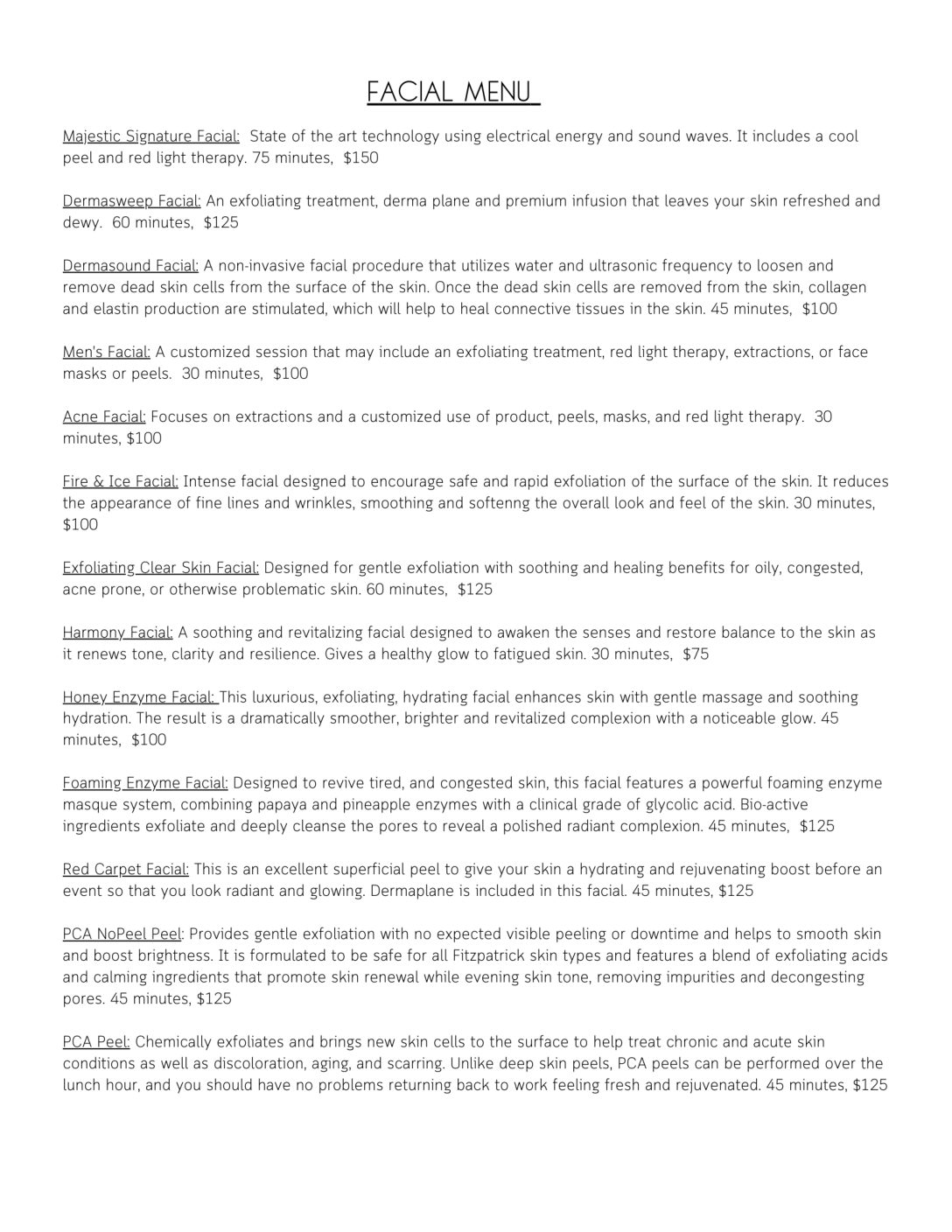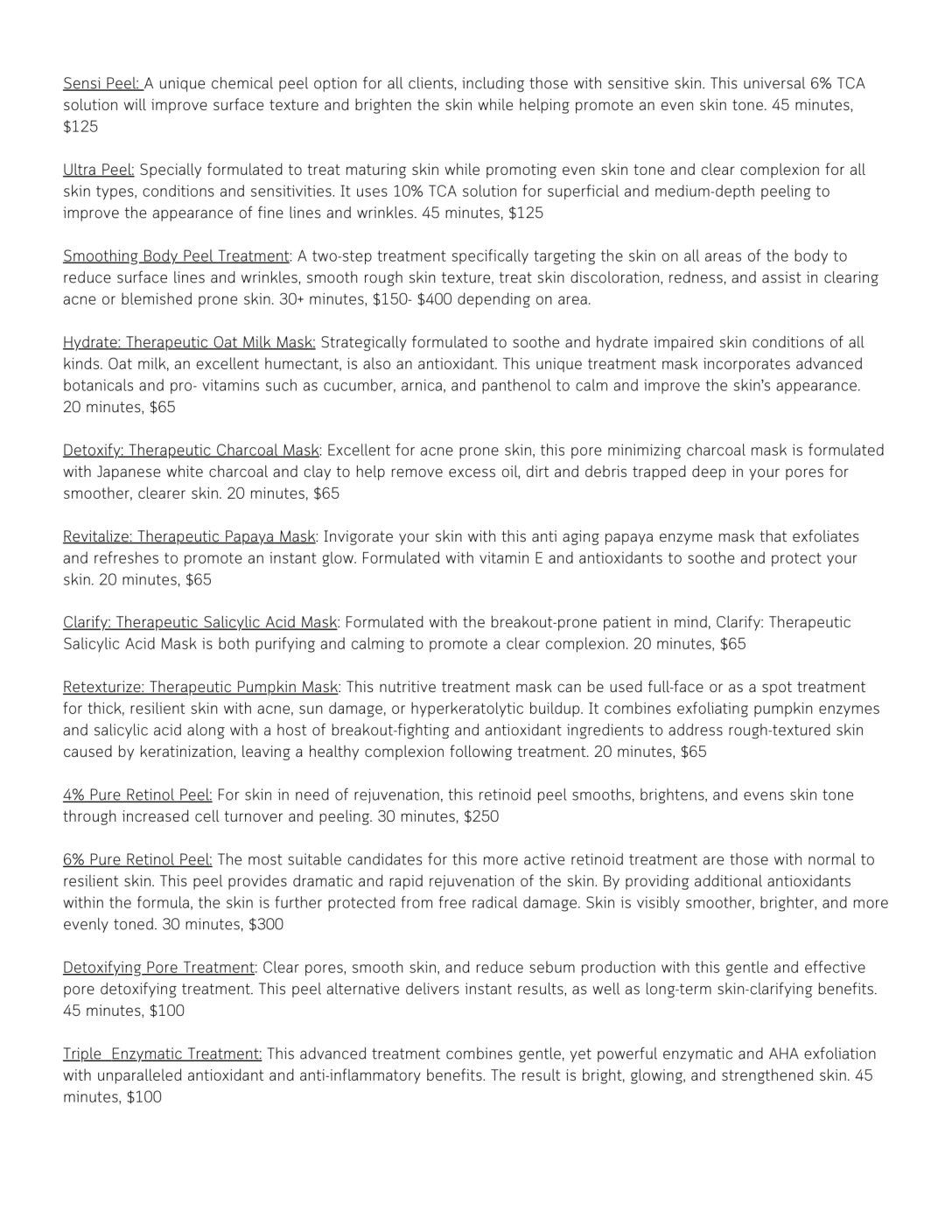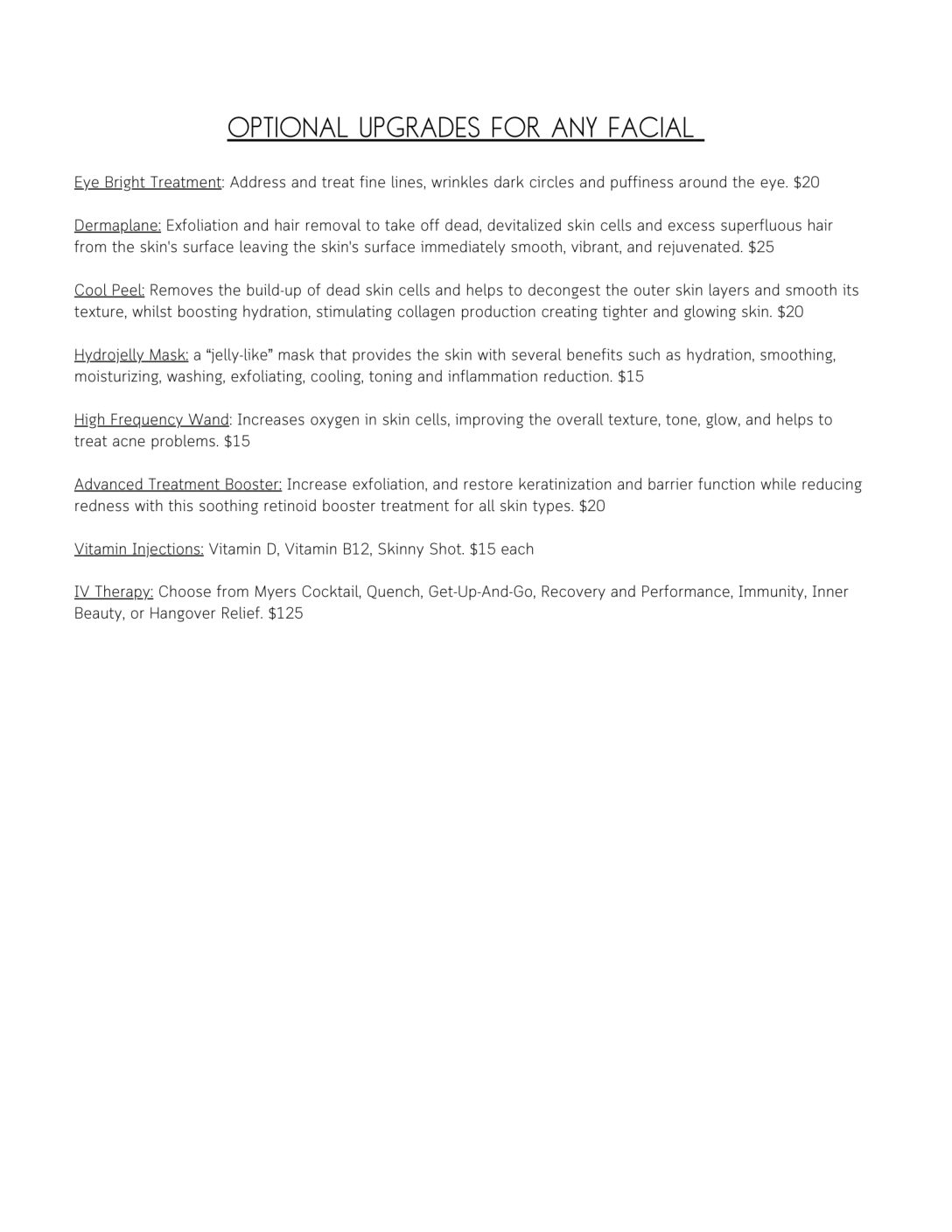Since ancient times mankind has tried to make cosmetics to improve the skin and hide the effects of ageing. The bitter truth is that for the most part, cosmetic creams remained simple old-fashioned moisturisers offering Dreams of Youthful Skin wrapped in progressively more modern and expensive containers. But the situation has changed today with the introduction of two scientifically proven agents: Vitamin A and the Alpha Hydroxy acids. These agents have heralded in “the of the Age of Cosmeceutics”.
COSMECEUTICS
By the term Cosmeceutics we mean “New Age” cosmetics that are endowed with the proven effects of pharmaceutics. Millions of pounds have been spent in basic research to discover active molecules to combat ageing and the era of cosmetics with “secret formulae and extracts” is fading away. Today we should only use active, scientifically proven ingredients in our skin-care creams.
The primary cosmeceutic agent is Vitamin A, which has long been known as the Skin Vitamin and in 1956, was first noted to relieve many of the effects of sundamage.
Next is the family of Alpha Hydroxyacids, which help in smoothening out sundamaged skin.
Both of these are very important and neither should be neglected. No doubt with progress other important factors will be discovered.
THE IMPORTANCE OF VITAMIN A FOR SKIN HEALTH
Since 1911 we have known that Vitamin A is essential for healthy normal skin, and since beautiful skin is healthy, our skins should be rich in Vitamin A. Uninformed people will tell you that you can get all the Vitamin A you need from your diet. But they don’t know that as long ago as the 1950’s Professor Cluver proved that every time we go out into sunlight, we significantly deplete our
Vitamin A not only in the skin but also in the blood. This is true not only for blisteringly hot sunlight, but also for the gentle UV-A irradiation (light) of a cloudy (even rainy) day, though, of course, the effects are milder. Vitamins C, E and beta Carotene, which are normally found in skin, are also destroyed by sunlight.
THE CHEMISTRY OF VITAMIN A
Vitamin A belongs to a family of organic chemicals called the Retinoids – so called because of their close association with the chemistry of vision in the retina of the eye.
There are a few forms of Vitamin A but they all have essentially the same action.
• the most active and also the most difficult to work with is Retinol
• Retinoic acid is almost as active, but
• Retinyl palmitate and Retinyl acetate are milder, though still active, and more easily tolerated by the skin. They are actually the forms in which Vitamin A is stored in the liver. Retinyl Acetate is more active than the palmitate, and almost as active as Retinoic Acid.
Retinoids are all very active chemicals and are easily degraded by exposure to light, heat, air and moisture. Therefore, when they are used in cosmeceutics, they must be made under very controlled circumstances, and afterwards the preparations must be carefully protected in their containers. For this reason Vitamin A creams must not be put into conventional cosmetic glass jars with a widely opening lid because the Vitamin A on the surface of the cream will be denatured by exposure to air and light and the skin won’t actually get the dose of Vitamin A that is intended. Genuine Vitamin A cosmeceutics are packed in compressible metal tubes that protect the important Vitamins from light, and no air is sucked back into the tube. The packaging may be unfashionable, but the creams maintain their integrity.
There is another important version of Vitamin A: Beta Carotene — the plant form of Vitamin A, which is in fact two molecules of Vitamin A joined together. The Carotenes are yellow, orange or red and are generally found in brightly coloured plants and fruits. When we eat Beta-carotene, we are able to make as much Vitamin A as our body needs without the risk of Vitamin A toxicity. It is the safest way to take Vitamin A by mouth. Beta Carotene, Vitamin C and E are normally found in our skin where they serve as free radical scavengers (antioxidants). Beta Carotene is one of the most powerful antioxidants found in nature and it is relatively stable. Normal Vitamin A is not a significant antioxidant.
The Vitamin A story has been somewhat complicated by the tremendous media hype given to Retinoic acid (Tretinoin, Retin-A {R} Cilag) which almost become a household word as the “wonder anti-ageing” cream. Some people worry because they believe that Tretinoin has only recently been discovered, that this is an untried drug and may still have unknown and unpleasant side effects. However, this is untrue.
Actually Retinoic acid occurs in nature and was first manufactured in 1947. Within 15 years it proved its value in the treatment of sun-damage (solar keratoses) by Dr. Stuttgen, (dermatologist), and then Dr. Kligman (dermatologist) showed its advantages in acne. Dr. Kligman later noticed that middle-aged acne patients began to detect that their complexions were smoother after using RetinA for a few months. From the 1980’s Kligman used Retinoic acid to treat photo ageing of the skin and his first report was published in 1985.
Many people then tried to use Retinoic acid but they often found it irritating to the skin and so most gave up. Their skins became red, flaky, and tender and they felt that Retinoic acid was thinning and damaging their skin instead of feeding and restoring it. The irritation produced by Retinoic acid is very similar to overdose with Vitamin A. The people who tend to react this way are usually
blondes with very sun-sensitive, pink skin. They have transparent, but dry skin which, is because their skin is thin and lacks normal moisturisation. A simplified explanation of why they react this way is that their skins have become so unused to Vitamin A that the normal metabolic pathways have become inactive, and so when Vitamin A is presented to their skin, it seems too excessive even though in fact they desperately need Vitamin A. Vitamin A should be given to their skin in very tiny doses, which are gradually increased until they can take the normal doses of Vitamin A without any reaction. Almost without exception, even the most sensitive skin can be acclimatised to the full strength of Retinoic acid. However, not everyone has the patience and perseverance to do that. Fortunately, there are alternatives in the form of Retinyl Palmitate and Retinyl Acetate, which are active but produce fewer side effects.
THE ACTION OF RETINOIDS (RETINYL PALMITATE and RETINYL ACETATE)
A lot of research has been conducted in the UK on the activity of Vitamin A, and we know that they are essential for normal activity of skin cells and the regulation of their growth and the effect depends on the dose. Vitamin A is also essential for the growth and maintenance of hair, nails, teeth, and bones. The method of action is not fully understood but many of the changes seem to take place at the level of the genes. It is believed that Vitamin A (Retinyl) Palmitate is converted to Retinoic acid once it has entered the cell and that may account for most of its effects.
We don’t precisely know how Retinyl Palmitate works but we have some clues:
– We know that there are places on the skin cell wall where Retinyl Palmitate can enter.
– Vitamin A has an effect on the genes of the cells so that the cells grow and look more normal and it increases the growth of the basal layer of skin cells, which may be the predominant reason for thickening of the skin.
-Skin cell proliferation is stimulated so that the skin gets thicker and heals faster
-the pigment forming cells (Melanocytes) produce fewer pigment granules
-It has effects on the fibroblast in the dermis, particularly on the genes for the production of collagen and healthier collagen is formed and unhealthy collagen is removed by enzyme activity.
– it increases the secretion of glycosaminoglycans by the fibroblasts of the dermis into the space between the skin cells allowing the skin to retain more water with some puffing out of the wrinkles.
– the blood supply to the deeper layers of the skin is improved, which means that more natural foods and oxygen are delivered to the skin.
Retinoids repair ultra-violet damage and also prevent tissue wasting and the destruction of collagen, which is generally found with ageing.
In general the effects of Retinyl acetate are very similar to those of Retinoic acid but there are fewer side effects. Retinyl Acetate is thought to be more easily absorbed than Retinyl Palmitate through the skin and as a result, small doses are more effective even though they are equivalent strengths in International Units of Vitamin A.
METHOD OF USING RETINYL (VITAMIN-A) PALMITATE CREAMS
Over-consumption of Vitamin A can cause liver damage and also skin problems. Therefore, the safest way to supply Vitamin A to the skin is to apply it directly. Only minute doses are necessary and so the topical application of Retinyl Palmitate is usually without reaction except at relatively high doses on the skin, which, incidentally, will still be much too low to produce any effect on the body.
Treatment has to be individualised but in general the cream should be placed in direct contact with the skin so that there is no barrier to its action. This means that the skin should be cleaned gently, but thoroughly, with a mild soap-free, slightly acidic cleanser. Preparation of the skin with a toner made of Alpha hydroxy acids may enhance the penetration of the Vitamin A. Retinyl Palmitate should be introduced in its weakest form and then gradually increased to acclimatise the skin to its effects until the maximum dosage is easily accepted by the skin.
In the beginning avoid the corners of the mouth, nose, eyes and vermilion of the lips and mucous membranes.
People with oily, “granular” skin on the forehead, nose, cheeks and chin will notice that the skin starts to become smoother in small patches which gradually seem to coalesce and make larger islands of smooth skin. Eventually the skin will become uniformly smoother, tighter and the fine wrinkles less noticeable. The skin also develops a healthier colour. Make sure that the Vitamin A cream that you use is effective and check the concentration of the Retinyl Palmitate: less than 500 i.u. is generally of limited
value, while the recommended, effective doses are between 1,000 to 10,000 i.u. per gram. Retinyl Acetate creams are more active, and also more irritating so it is recommended that the skin should become acclimatised to Retinyl Palmitate
before progressing on to Retinyl Acetate, or even Retinoic Acid.
VITAMIN A (RETINYL PALMITATE) ABSORPTION AND SAFETY.
Vitamin A Palmitate and Acetate (Retinyl) is the form of Vitamin A that we often encounter in our food. We know from research work that Vitamin A is absorbed into the skin and only minute doses are necessary for it to be effective. As it turns out, all the Vitamin A applied seems to stay in the skin and dermis and we cannot detect any absorption into the blood. This also applies even when such an active chemical as Retinoic acid (Retin-A) is used.
The safety margin of Retinyl Palmitate is enormous when it is applied in the recommended doses on the skin. Retinyl Acetate lies in between Retinoic Acid and Retinyl palmitate
SIDE EFFECTS
1. It is not unusual for Retinyl Palmitate to cause a transitory feeling of warmth, and, in some, a pink flush may form on the skin, which will diminish as the skin “adapts” to the treatment. People experiencing unpleasant side effects should stop using Retinyl Palmitate for a few days and then start again. True allergy to Vitamin-A acid doesn’t exist.
2. After considerable experience in using a 10,000 i.u. concentration of Retinyl Palmitate and Retinyl Acetate in a special base, the author has never seenany adverse reactions.
3. Because Vitamin A suppresses the secretion of sebum, the skin may feel dry in those who are prone to dry skin. This is transient, because with the passage of time, the Vitamin A will also start stimulating the secretion of more glycosaminoglycans which returns normal moisture to the skin. Until this happens, some people feel dryness of their skin. People with oily skin
have fewer complaints.
4. Transient lightening of the treated skin can occur. This returns to normal but may take a long time. To date, all adverse effects have been reversible on stopping the treatment.
5. An annoying problem with the use of Vitamin A based cosmeceutics is that acne may be precipitated in some people, or established acne may get worse before it gets better. In those people I recommend a lower dose for a prolonged time and the base of the preparation should preferably be a non-alcoholic gel.
6. Avoid the corners of the mouth, nose, the eyes and the vermilion of the mouth as these areas are prone to develop ”dermatitis” in the first few weeks of treatment. Later on you will be able to tolerate treating these areas.
Vitamin A has been blamed for thinning of the skin but it has been proved that the skin is not made thinner but actually becomes thicker. Initially the horny layer (stratum corneum) is compacted and appears thinner but after about 18 months the stratum corneum is thicker and nearly as thick as the usual stratum corneum.
INDICATIONS FOR USE OF VITAMIN A COSMECEUTICS
Sun damage becomes clinically evident by about 20 years of age in those people who have had the usual modern sun exposure so Vitamin A treatment should start before that even happens. I recommend that teenagers should start using mild dose Vitamin A creams. After 30 most skins will benefit from stronger forms of Vitamin A. The blondes will be the first to need Vitamin A even when they have protected themselves from the sun whereas the dark Mediterranean types tend to get less damage and may only need Vitamin A later because their skin is more protected from UV irradiation.
The Black peoples are far more protected but they do get sun-induced pigmentation problems, which are best, treated with Retinyl Palmitate or Acetate rather than Retinoic acid.
Prolonged, continuous use is essential and in more than 80% of cases some change in the treated skin will be apparent by about 4 months. Pigmented marks take longer to fade and may not disappear completely. The effects seem dose dependent so changes may not be as good if a weaker formulation is used. The best results are seen around the eye, but even the very difficult lines on the upper lip can be reduced to a degree that prevents lip-stick from going up the lines even though light lines are still apparent. Greater effect can be achieved by combining Vitamin A cream with an Alpha Hydroxyacid preparation. In this way one can achieve a better result than is possible with either preparation used alone.
Protective creams must have both UV-A and UV-B sunscreens and, if possible anti-free Radical properties. That in itself, will have beneficial effects on the skin.
THE CONCERNS OVER VITAMIN A
Some doctors have worried that the thinner horny layer of the skin would mean that the skin was then exposed to much greater UV damage and as a result skin cancers might become more common. The horny layer does get much thinner, but more compact in the early stages however, the spiny layer becomes almost twice as thick as before treatment. By 18 months of treatment, the horny layer is more compact and thicker. The evidence does indicate that Vitamin A may prevent skin cancer. It seems to improve the function of the Langerhans cells, which are responsible for local immunity, and the removal of errant, potentially malignant cells.
CONCLUSION
VITAMIN A has been proven to be essential for the skin. In these times of environmental degradation, when the sun is becoming more dangerous to our skin, the use of vitamin-a for the daily protection of skin has become almost mandatory. Vitamin-A will become almost a sine-qua non in cosmetic creams and until more effective forms of vitamin a become available, Retinyl palmitate
and Retinyl acetate should be the main-stay of modern effective skin-care. In addition Vitamin A has the advantage of augmenting the effects of the alpha hydroxyacids .
1. SUN-SCREENS AND SUN-FILTERS AND ANTI-OXIDANTS:
The limitation of Ultra-violet damage with UV-A and B sun-filters as well as Free. Radical Scavengers naturally found in skin, is of paramount importance in daily skin care even in the less sunny parts of the world. I’ll discuss the newer sunscreens and Alpha hydroxy acids in another chapter. These four major agents are normally found in the upper layers of the skin in higher concentrations than in the lower layers, where it is still higher than the concentration in the blood. It seems that they are concentrated against concentration gradient specifically to assist in the natural protection of the skin from the sun, and in the restoration of that damage which does occur. ALWAYS remember to protect your skin during the day with a factor 5 to 15 UV
blocker (depending on the sensitivity of your skin). Be sure that your protective cream has both UV-A and UV-B sun-screens and, if possible anti-free Radical properties.. That in itself, will have beneficial effects on your skin, but I believe that it is more sensible to add more Vitamin A as well in an attempt to augment the natural Vitamin A in the skin.
RETINYL PALMITATE PREPARATIONS
1. A hypoallergenic cream for normal skin conditions, with a low oil content.
2. An alcohol-free gel that has no residue and is best in hot climates, or for oily skin. No oil content. It is also useful for men.
3. An oil emulsion skin toner for widespread use on the breasts, abdomen and arms.
THE BEAUTY THERAPIST AND TRETINOIN
There has been considerable antagonism to Vitamin A by beauty therapists because some people fear that Vitamin A makes the Beauty Therapist unnecessary. That is not true. The Beauty Therapist has a large part to play in those people who are treating their skin with Vitamin A. I anticipate that in the future, the Beauty Therapist will do most of the advising of the method of
treatment. The balancing of the side effects is also important. The therapist must avoid certain treatments.






